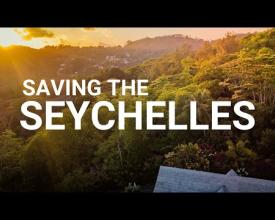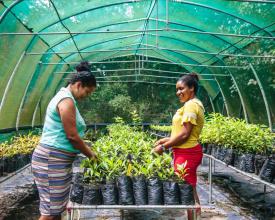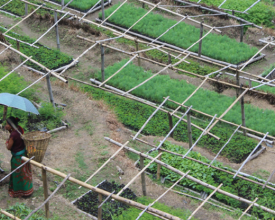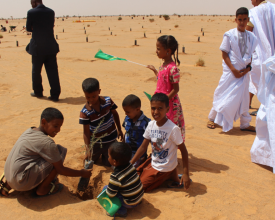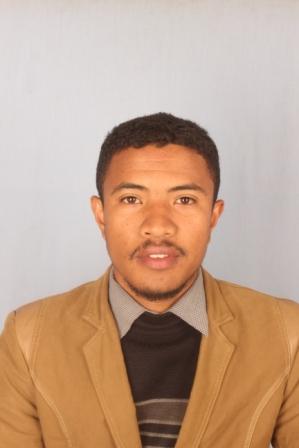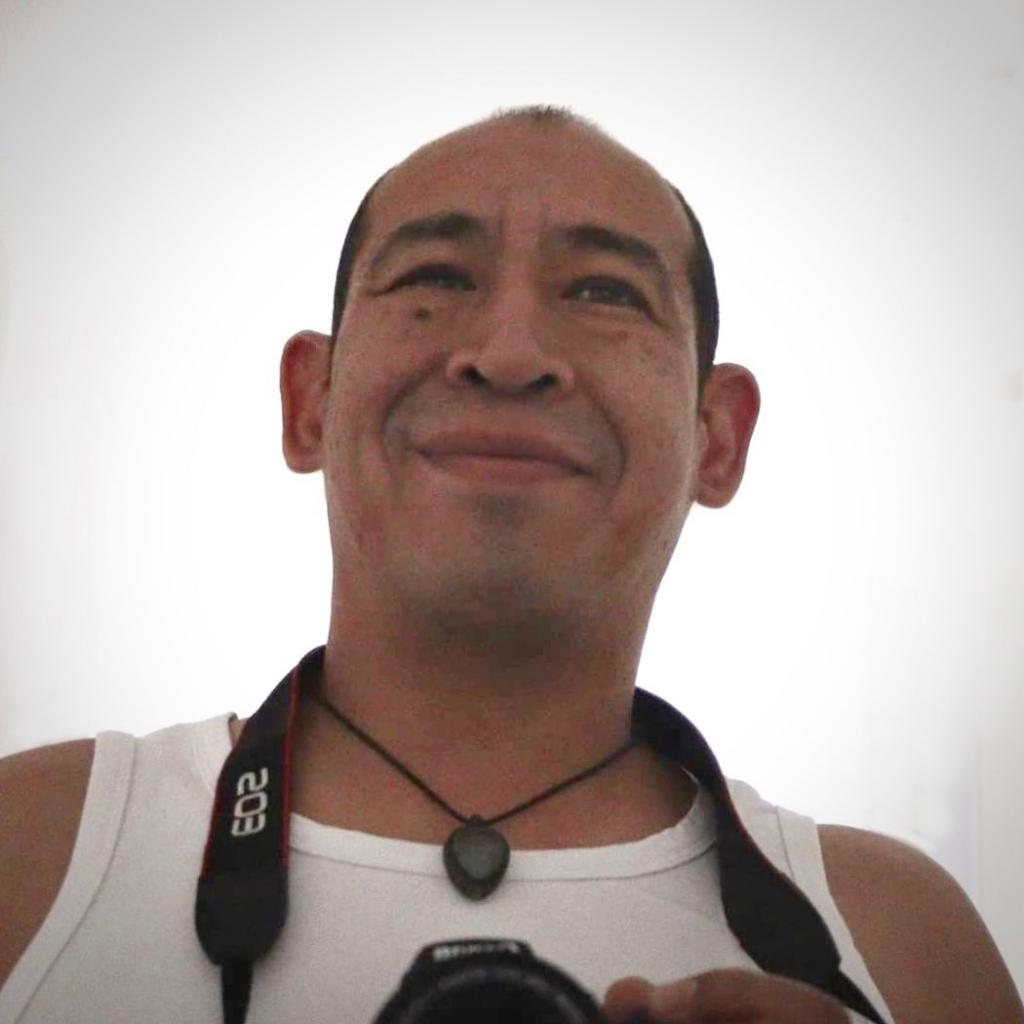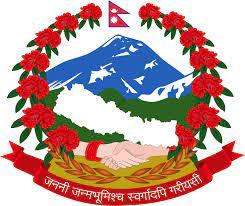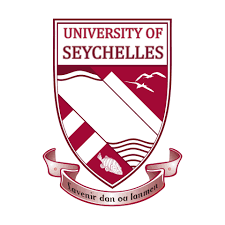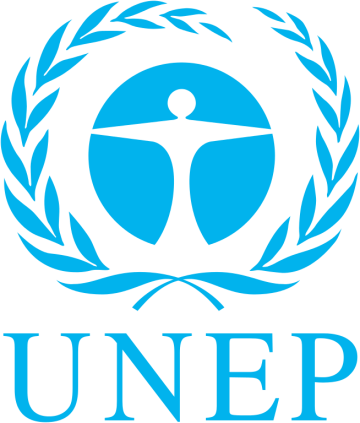
Enhancing Capacity, Knowledge and Technology Support to Build Climate Resilience of Vulnerable Developing Countries through South-South cooperation (EbA South)
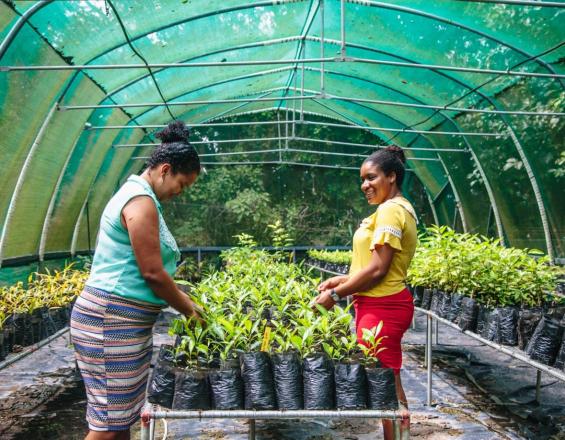
Climate change substantially impacts local communities in Asia-Pacific and Africa because communities rely heavily on ecosystems for their livelihoods. In this GEF-funded project entitled EbA South, UNEP, and four governments looked into promoting EbA through south-south cooperation.
The objective was to enhance the climate resilience of communities in Mauritania, Nepal, and Seychelles by building institutional capacity, mobilizing knowledge, and transferring EbA technologies based on China's experience in successfully implementing restoration.
This project is recognized as a flagship initiative for South-South cooperation, enabling an exchange of technology transfer, capacity-building, policy support, or fundraising between countries in the Global South. The project demonstrated various best practices and produced a wide range of tools and knowledge products to encourage NbS for adaptation through South-South cooperation.
Context
Challenges addressed
Climate change has substantial impacts in these regions. Temperatures are rising and the frequency and intensity of climate-related disasters such as floods, landslides, fires, and droughts are increasing, and local communities have limited capacity to cope with these effects.
There is limited information and technical capacity available for the effective implementation of EbA. This is because i) information on the long-term efficacy of adaptation interventions is not being collated, synthesized, and disseminated; ii) EbA interventions are not implemented within a rigorous scientific framework of long-term research; iii) policy and legal frameworks are not incentivizing EbA, and iv) lack of training.
Cross-nation and regional-scale EbA exchanges are therefore essential. However, these exchanges can be greatly constrained by the language barrier. English was the medium of collaboration although it was the second or third language of most participants.
Location
Process
Summary of the process
The first building block is the first step in developing a south-south cooperation project. It is essential to identify what knowledge needs to be shared and how. Countries can use an existing platform or create a new one to share. Knowledge-sharing workshops can also help facilitate collaboration between countries and make it easier to disseminate knowledge to specific stakeholders. If the use of a common language is not possible, the use of interpreters will be necessary. Field visits and workshops can also be organized to facilitate this process.
Then, through the second building block, concrete technology transfer can be achieved through inter-regional capacity building, with experts and project coordinators meeting regularly through workshops, training, site visits, and conferences. This technology transfer can also be achieved by creating concrete frameworks, such as the LTRP which helped to measure the effects of EbA interventions and then share these with other countries.
Building Blocks
Cross-country knowledge/experience exchanging
To exchange EbA experience among different countries and beyond different activities, mediums of communication and platforms can be used. In the context of the EbA South project, workshops for knowledge sharing took place in Asia-Pacific, Africa, and Latin America. For instance, the “South-South Exchange Workshop: Ecosystems for Climate Change Adaptation and Sustainable Livelihoods Knowledge Sharing” was held in Beijing, China. This South-South exchange of knowledge culminated in an array of publications and tools now used by practitioners across the Global South to encourage nature-based solutions for adaptation through South-South cooperation. A web-based platform web-based platform was also built to facilitate collaboration – it contains webinars, case studies, an ecosystem-based adaptation planning tool, and other knowledge products. Research programmes can also be established in partnership with local universities to further share and apply this knowledge.
These workshops and knowledge products provided great opportunities to share and exchange various experiences of the project with scientists and practitioners in the wider EbA community.. South-South cooperation allows effective EbA exchange among developing countries that have common challenges and solutions for conservation and livelihoods.
Enabling factors
- The creation of an online knowledge exchange platform can help disseminate all this knowledge and data, facilitate discussions between countries. If possible this platform should be available in all the languages relevant to the countries participating in the platform.
- The organization of workshops, field visits, webinars can help with the exchange of knowledge between countries.
- The language barrier can be an issue so having interpreters or having tools and platforms translated can help.
Lesson learned
When exchanging experiences, knowledge, data, findings, ideas during workshops, field trips and webinars between different countries, or through online platforms and tools, communication can be an issue due to the language barrier. During this project, English was the medium of collaboration although it was the second or third language of most participants. The language barrier also limited collaboration after workshops.
The flow of knowledge and learning can be improved with the hiring of professional interpreters during expeditions and workshops. The hiring of professional interpreters with scientific knowledge during expeditions, as well as in workshops, would have increased the benefits of collaboration.
Cross-country technology transfer & capacity-building
The institutional capacity to support EbA technology transfer has been built through training and the joint development and implementation of the Long-Term Research Programme (LTRP) in partnership with local universities, for measuring the short- and long-term effects of EbA interventions. The activities included establishing monitoring sites, conducting research activities, collecting data, and publishing findings as technical reports, research papers, bachelor theses, master theses, Ph.D. theses, and peer-reviewed papers.
In Nepal, for example, the development of EbA interventions started with assessing local practices and determining whether these practices can be improved or upscaled before introducing new approaches. Based on these findings, the Chinese and South African experts designed possible interventions together with the local expert and advised on their implementation and monitoring against project indicators and targets.
The technology transfer also took place through inter-regional capacity-building, with the EbA experts, and the project coordinators regularly meeting through the steering committee, workshops, training, site visits, and conferences.
Enabling factors
- The LTRP needs to be based on rigorous practice to help form the basis for appropriate and effective decision-making regarding adaptation.
- The willingness of academic institutions to get involved in practical research projects that will improve the evidence for up-scaling EbA.
- The creation of a platform, if possible available in all relevant languages, can help disseminate all this knowledge and facilitate discussions between countries.
- The language barrier can be an issue so having interpreters or having tools and platforms translated can help.
Lesson learned
Early capacity-building in countries helps to share scientifically sound data and lessons learned. There are many environmental, economic, and social variables involved in getting EbA to be sustainable, and it is important to document good practices, as well as lessons and challenges from the pilot sites.
The project design enabled all three countries to employ a long-term research programme (LTRP) in partnership with local universities. Together, they measured and reported the short- and long-term effects (ecological, hydrological, and socio-economic) of EbA interventions. With this strong data collection and research component, the project identified lessons that can inform the scaling up of EbA.
The technology transfer and capacity-building activities can be further facilitated by hiring professional interpreters during expeditions, visits, and workshops to overcome language barriers and to increase the benefits of cross-country collaboration.
Impacts
- Successfully promoted South-South cooperation on EbA, mainly through exchanging knowledge and experience from China to the pilot countries and beyond, as well as peer-to-peer learning among the pilot countries. This created a community of practice for further replication and extension of the EbA approach.
- Developed many knowledge products, such as EbA planning tools, handbook, education curriculum, good practice case studies, and lessons learned from the project.
- A platform was built focused on sharing project approaches and outcomes, lessons, toolkits, and best practices.
- Research programmes were established in partnership with local universities to advance eba science and measure the effects of the project’s restoration activities. Thirteen scientific papers were produced by the Nepal team, seven by Seychelles, and 11 by Mauritania.
- The high-level Forum on South-South Cooperation on Climate Change was initiated by the project to provide an avenue for strengthening global partnerships, through cooperation among Southern partners.
Beneficiaries
The communities living in coastal areas in Seychelles (in Mahé, Praslin, and Curieuse Islands), dry-land areas in Mauritania (Inchiri and Trarza provinces), and mountainous forests in Nepal (Chiti, Jita) were the project beneficiaries.
Sustainable Development Goals
Story
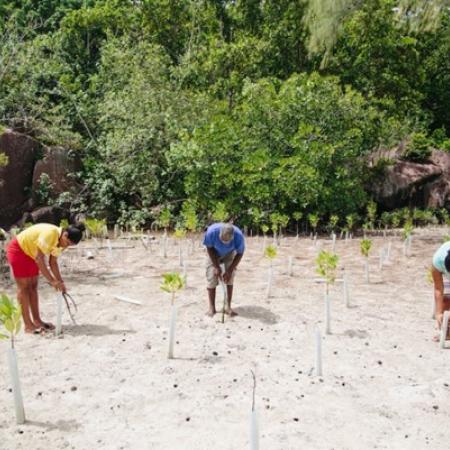
Seychelles, a nation known for exquisite beaches and turquoise waters, has been described by some as a sinking paradise.“Nowadays you can see the water coming higher. It’s climate change,” says Godfrey Albert, 48, a Seychellois fisherman from Mahe Island. “At this time of year, we’re not supposed to have rain and yet we have rain. Everything has changed.”Beyond erratic rainfall, increasing coastal storms, and rising sea levels are eroding the shorelines and flooding people’s land. For a country where 80 percent of economic activities occur in coastal regions, this poses a grave threat.
Gesturing towards the open sea, Albert shrugs: “I told you, man. It’s a hard life in paradise.”
These climate impacts are made even worse by the destruction of coastal mangrove forests that once surrounded many of the country’s 115 islands. Mangroves act as an extremely effective defense against coastal flooding and erosion by reducing the height and strength of waves.
The fate of the fishing industry, which along with tourism is the most important source of income in the country, is tied to mangroves. The forests provide a breeding ground for fish before going out to sea, and the organic matter trapped in the roots offers vital nutrients for many fish species.
Funded by the Global Environment Facility, a project worked with communities in Seychelles – along with Mauritania and Nepal – to use nature to adapt to the impacts of climate change, a strategy termed ecosystem-based adaptation (EbA).
The project, known as EbA South, was executed by the National Development and Reform Commission of China, through the Chinese Academy of Sciences. By planting mangroves across Seychelles, EbA South demonstrated how countries can build the resilience of local communities against storms and floods while improving local fish stocks.
The restored mangrove forests not only protect the land from the sea but also protect the sea from land by filtering out litter and sediment as it’s washed down from the mountains and into oceans. Without mangroves, the sediment covers the coral, killing fish and the local fishing businesses.
“Mangroves play a big role in the sea. They filter everything,” says Missia Dubignon, a volunteer of the Terrestrial Restoration Action Society of the Seychelles (TRASS) Trust, a partner of EbA South.
“Plant a tree, save a life,” says Dubignon with a smile.

